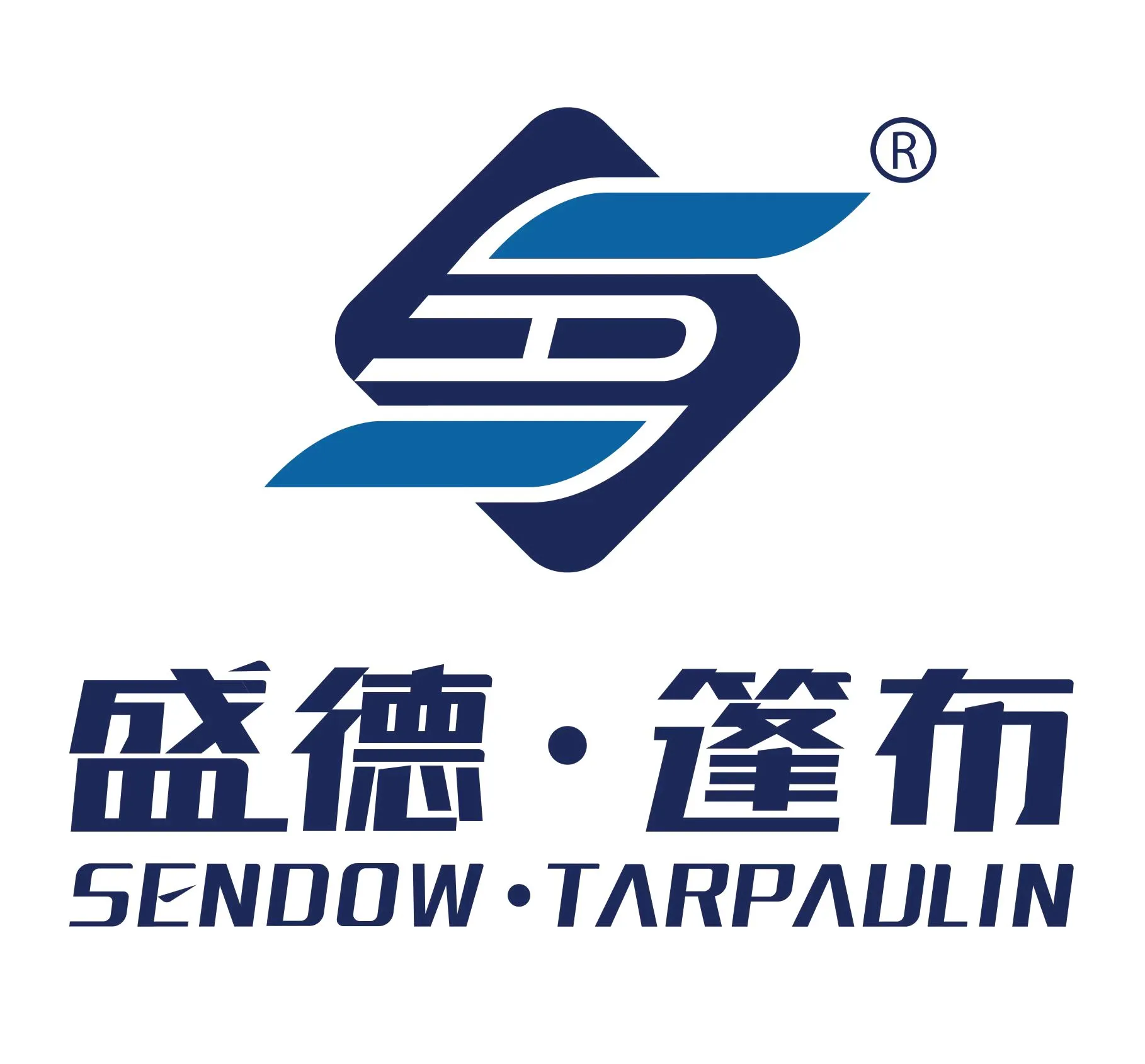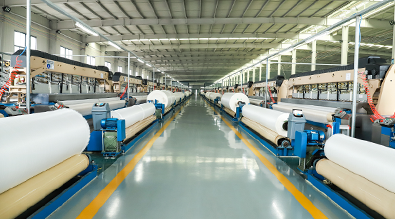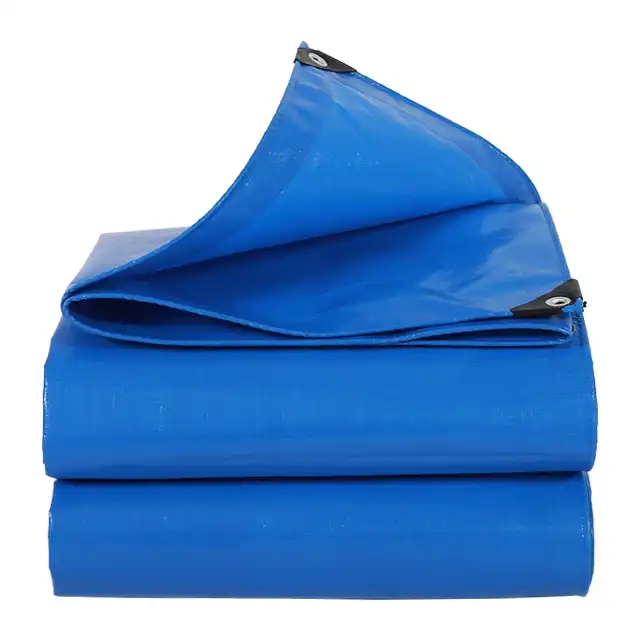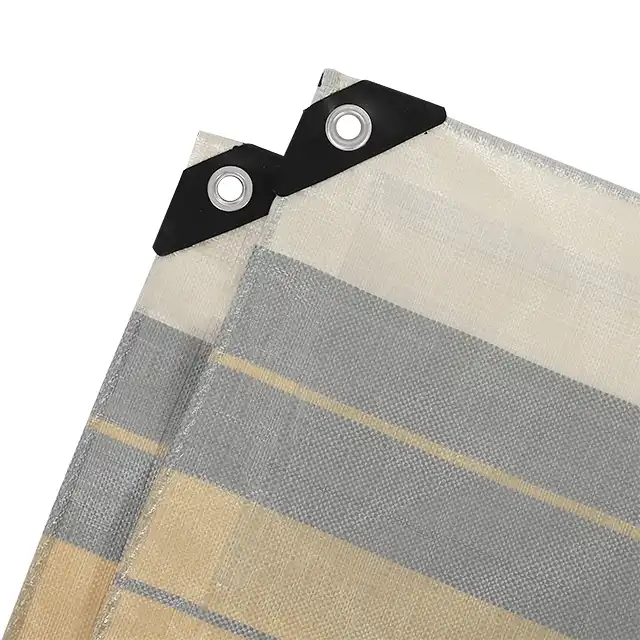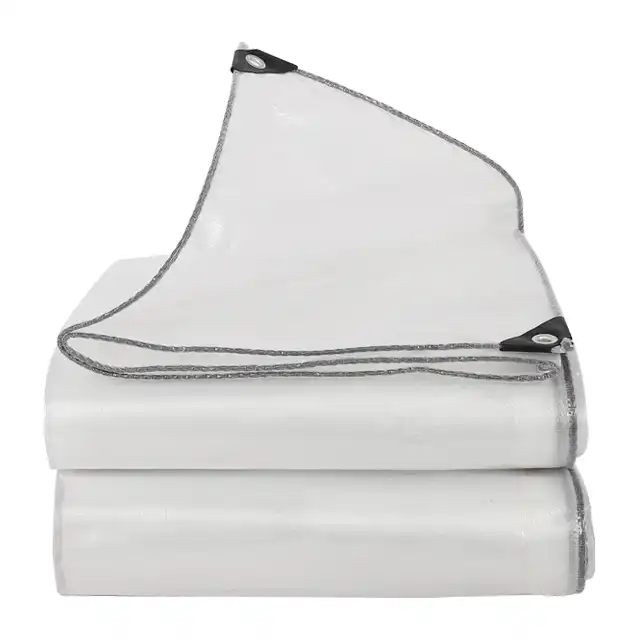Pond Liners: The Best Solution for Heavy-Duty Pond Protection
Creating and maintaining a pond requires careful planning and the right materials to ensure longevity and functionality. Whether you're designing a decorative garden pond, an aquaculture facility, or a water storage solution, choosing the proper pond liner is crucial for success. Pond liners serve as the foundation of any water feature, providing essential protection against leakage and ground contamination. Among the various options available, heavy-duty pond liners stand out as the premium choice for those seeking durability, reliability, and long-term performance. These specialized barriers are engineered to withstand challenging conditions, protect against environmental factors, and maintain water integrity for years to come.
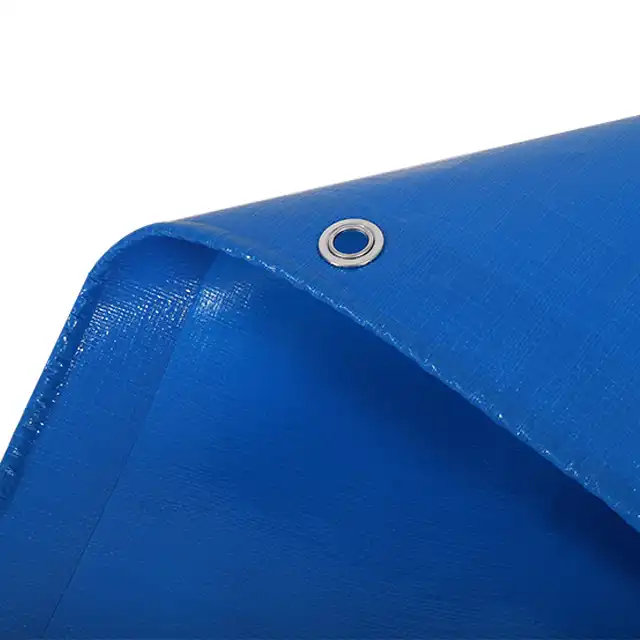
Understanding Pond Liner Materials and Construction
Polyethylene Technology in Modern Pond Liners
Pond liner technology has evolved significantly over the years, with polyethylene emerging as the superior material for heavy-duty applications. High-density polyethylene (HDPE) woven fabric coated with low-density polyethylene (LDPE) creates an exceptionally strong and flexible barrier. This construction method begins with high-strength yarns, typically ranging from 400D to 2500D in thickness, which are then precisely woven into a tight mesh with counts typically between 10x10 and 14x14. This forms the robust foundation of the pond liner. The fabric is then laminated on both sides with protective LDPE coating, creating a multi-layer barrier that provides comprehensive protection. Linyi Shengde Plastic Co., Ltd., a leading manufacturer in the PE tarpaulin field since 2003, has perfected this process with their advanced production facilities, including 30+ high-tech extruding machines and large fabric coating equipment operated by professional technicians who meticulously control quality at every stage. Their Pond Liner products are manufactured with particular attention to UV protection, incorporating special treatments that provide 1%-7% UV resistance to prevent degradation from harmful sun rays and fading, ensuring the liner maintains its integrity even in direct sunlight.
Weight and Thickness Specifications for Different Applications
The effectiveness of a pond liner is directly related to its weight and thickness specifications, which should be selected based on the specific application requirements. Pond liner weight typically ranges from 65gsm (grams per square meter) for light applications to 280gsm for the most demanding scenarios. The thickness, measured in mils (thousandths of an inch), generally falls between 7-12 mils for middle-duty applications. Heavier pond liners provide enhanced puncture resistance, making them ideal for rocky soil conditions or areas with potential root intrusion. Thicker liners also offer superior tear resistance, which is crucial when covering larger areas where tension points may develop. Linyi Shengde Plastic offers customizable Pond Liner options across this entire spectrum, with their middle-duty PE tarpaulin pond liners being particularly popular for most residential and light commercial applications. Their manufacturing capacity of 4000MT monthly ensures availability for projects of any size, while their state-of-the-art equipment, including unique 5m and 4m width fabric weaving machines and 400+ Korea-imported automatic water-jet looms, allows them to produce pond liners with widths from 1.5m to 5m without joints—a critical feature for minimizing potential failure points in water containment systems.
Color Options and Customization Possibilities
While functionality remains paramount, the aesthetic aspects of pond liners shouldn't be overlooked, particularly for visible installations. Pond liner color selection can influence water temperature, algae growth, and visual appearance of the completed water feature. Darker colors like black or dark green absorb more heat, potentially raising water temperature slightly, which may be beneficial in cooler climates. They also provide a more natural-looking reflection and help hide sediment. Lighter colored pond liners reflect more light, creating a brighter appearance and potentially slowing algae growth in certain conditions. Linyi Shengde's Pond Liner products are available in virtually any color, allowing customers to select options that best complement their specific needs and environmental conditions. Beyond standard colors, customization extends to branding opportunities as well, with options for including logos—either the manufacturer's SENDOW mark or custom logos as requested by customers. This level of customization, combined with made-to-order manufacturing and OEM/ODM availability, allows for truly tailored pond liner solutions that meet exact project specifications. The company's commitment to quality is evident in their ISO 9001:2015 certification and excellent results in third-party laboratory testing reports, ensuring that regardless of color or customization, the fundamental protective properties remain consistent.
Benefits of Professional-Grade Pond Liners
Waterproof Performance and Hydraulic Integrity
The primary function of any pond liner is to prevent water loss, and professional-grade pond liners excel in this critical area with 100% waterproof performance. The manufacturing process employed by quality producers like Linyi Shengde Plastic Co., Ltd. ensures complete hydraulic integrity through precise weaving of high-density polyethylene fibers followed by dual-side lamination. This construction creates a virtually impermeable barrier that eliminates water seepage even under pressure. The waterproof capability of these pond liners extends beyond simple containment to include protection against ground contamination in sensitive environmental applications. For aquaculture installations, the impermeable nature of these tarps is essential for maintaining water quality and preventing the exchange of potentially harmful substances between the pond and surrounding soil. The lamination process seals any microscopic gaps in the woven structure, creating a continuous barrier that water molecules cannot penetrate. Additionally, the waterproof properties remain effective across extreme temperature ranges, with anti-freezing characteristics that prevent cracking or brittleness in cold conditions—a critical feature for outdoor pond applications in variable climates. This consistent waterproof performance is what makes professional Pond Liner products the preferred choice for applications where water loss is unacceptable, from decorative garden ponds to commercial fish farming operations.
Weather Resistance and UV Protection Factors
Outdoor pond installations face a constant battle against environmental elements, making weather resistance a crucial factor in pond liner selection. Professional-grade pond liners incorporate advanced UV protection technology to combat the degradation caused by prolonged sun exposure. Linyi Shengde's Pond Liner products feature specially formulated UV inhibitors integrated directly into the material, providing 1%-7% UV treatment depending on the specific product line. This protection prevents the photochemical breakdown that typically leads to material weakening and eventual failure in lower-quality liners. Beyond UV resistance, these pond liners demonstrate excellent performance across all weather conditions. Their anti-corrosion properties protect against acidic rain and chemical contaminants that might otherwise compromise material integrity over time. The material's dimensional stability—being shrink-proof—ensures it maintains its protective coverage regardless of temperature fluctuations, eliminating the risk of gaps appearing during seasonal changes. This comprehensive weather resistance translates directly to extended service life, with quality pond liners maintaining their protective properties for years even in challenging outdoor environments. For applications like irrigation systems or water storage in agricultural settings, this reliability means lower maintenance costs and fewer disruptions to operations, making professional pond liners a sound investment despite their higher initial cost compared to budget alternatives.
Durability Features and Tear Resistance
The long-term value of a pond liner is largely determined by its durability, and professional-grade options distinguish themselves through superior tear resistance and structural integrity. Heavy-duty pond liners manufactured by companies like Linyi Shengde are engineered specifically to withstand physical stresses that would compromise lesser materials. The tear resistance begins with the selection of premium raw materials—high-strength HDPE yarn forms the foundation of these products, creating a robust woven base that resists punctures from sharp objects like rocks or roots. The lamination process then enhances this natural strength by bonding multiple layers together, distributing force across a wider area when impact occurs. This construction method creates a Pond Liner that maintains its protective capabilities even in challenging installation conditions. Beyond initial installation, the ongoing durability of these liners is equally impressive. Their Arctic flexibility allows them to conform to irregular surfaces without creating stress points that might otherwise lead to tears, while their elastic memory helps them return to shape after deformation. This combination of strength and flexibility makes them ideal for diverse applications beyond traditional ponds, including truck covers, goods protection, greenhouse fabrics, and leisure tents. The highly durable nature of these materials translates to lower lifetime costs, as they resist the degradation that necessitates frequent replacement of lower-quality alternatives. For commercial applications where downtime equals lost revenue, this reliability represents significant value despite the higher initial investment.
Installation and Maintenance Considerations
Proper Site Preparation Techniques
Successful pond liner installation begins long before the material is unrolled, with proper site preparation serving as the foundation for long-term performance. The process starts with careful design consideration, accurately measuring the required pond dimensions and adding appropriate overlaps—typically at least 2 feet on all sides—to ensure complete coverage. Ground preparation is critical and begins with removing all vegetation, roots, rocks, and sharp objects that could potentially puncture the liner. The excavated area should be smoothed and compacted, with any large depressions filled to create a relatively even surface. For added protection, especially in rocky soil conditions, a cushioning underlayment of sand, old carpet, newspaper, or commercial geotextile should be installed before placing the Pond Liner. This protective layer significantly reduces the risk of punctures from below. Proper drainage planning around the pond perimeter helps manage overflow during heavy rainfall, preventing erosion that could compromise the liner edges. For larger installations, professional-grade pond liners from manufacturers like Linyi Shengde offer advantages during installation due to their availability in widths up to 5.1 meters without seams, reducing the need for joining multiple pieces. The material's easy handling characteristics make it manageable even for large installations, while its flexibility allows it to conform to irregular contours without creating stress points that might lead to tears or leaks.
Seaming and Edge Finishing Methods
Even with large-format pond liners, many installations require joining multiple sheets, making proper seaming techniques essential for maintaining waterproof integrity. Professional pond liner installation utilizes several methods for creating reliable seams, with heat sealing being the preferred approach for polyethylene-based materials. Linyi Shengde Plastic Co., Ltd. employs 7 units of huge heat-sealing machines in their production facility, using the same technology that can be applied in field installations. This process creates molecular bonds between liner sections that are actually stronger than the original material. For DIY installations where heat sealing equipment isn't available, specialized pond liner adhesives and seam tapes provide alternative joining methods, though these typically require careful surface preparation and application under appropriate temperature conditions to ensure proper adhesion. Edge finishing represents another critical aspect of installation, as exposed edges can be vulnerable to UV degradation and physical damage. Common finishing techniques include burial under soil or rock, mechanical anchoring with specialized profiles, or concealment under decorative edging materials. For Pond Liner applications in aquaculture or irrigation, where edges may be exposed to regular traffic or equipment, reinforced edge designs incorporate additional material layers or protective coverings. Proper edge treatment not only extends liner lifespan but also enhances aesthetic appeal in decorative applications. The arctic flexibility of quality pond liners like those from Linyi Shengde facilitates these finishing techniques even in cold weather installations, allowing the material to be properly positioned and secured without the brittleness that affects some alternative materials.
Long-Term Maintenance and Repair Solutions
While professional-grade pond liners are designed for durability, appropriate maintenance practices can significantly extend their service life. Routine inspection represents the cornerstone of an effective maintenance program, with particular attention paid to areas under stress such as folds, corners, and seams. These inspections should check for signs of UV degradation, physical damage, or deterioration of sealants at edges and penetrations. Keeping the liner clean of excessive sediment accumulation prevents unnecessary weight stress, while promptly removing fallen branches or sharp objects eliminates puncture risks. For repairs, Pond Liner products have a significant advantage over other materials due to their compatibility with simple repair methods. Small punctures or tears can be effectively addressed using polyethylene patch kits, which typically include compatible adhesive and reinforcing material. For more significant damage, heat-welded patches provide a permanent repair solution that maintains the liner's waterproof integrity. In commercial applications, having repair materials on hand allows for prompt addressing of any issues before they expand into larger problems. The material's resistance to environmental factors like freezing temperatures and corrosive environments reduces maintenance requirements compared to alternative materials, making these pond liners particularly suitable for remote installations or applications where regular maintenance access is limited. The easy-to-handle nature of the material simplifies both inspection and repair procedures, allowing maintenance personnel to efficiently manage even large installation areas.
Conclusion
Heavy-duty pond liners represent the gold standard for water containment solutions across diverse applications. Their exceptional combination of waterproof performance, UV resistance, and tear strength makes them ideal for everything from decorative garden features to commercial aquaculture facilities. By selecting professional-grade pond liners like those manufactured by Linyi Shengde Plastic Co., Ltd., project owners ensure reliable water containment and reduced maintenance requirements for years to come.
Looking for a trusted partner for your pond liner needs? With 20+ years of manufacturing excellence and exports to over 30 countries worldwide, Linyi Shengde Plastic Co., Ltd. delivers the perfect combination of quality, customization, and competitive pricing. Our ISO-certified manufacturing processes and dedicated R&D team ensure solutions tailored to your exact specifications. Contact us today at info@shengdetarp.com to discuss how our premium pond liners can protect your investment and optimize your water containment project.
References
1. Johnson, R.T. (2023). Advanced Materials in Modern Pond Construction: A Comprehensive Review. Journal of Landscape Architecture, 45(3), 78-92.
2. Zhang, L., & Williams, P. (2024). Comparative Analysis of Polyethylene Pond Liners in Commercial Aquaculture Applications. Aquaculture Engineering, 68, 112-127.
3. Smith, A.B., & Patel, S. (2023). UV Degradation Patterns in Outdoor Water Containment Systems: A Five-Year Study. Environmental Polymer Science, 29(4), 231-246.
4. Rodriguez, C., et al. (2024). Installation Techniques for Large-Scale Water Containment Liners: Best Practices and Case Studies. Civil Engineering Practice, 17(2), 54-69.
5. Thompson, D.W., & Chen, Y. (2023). Durability Assessment of HDPE/LDPE Composite Liners in Extreme Climate Conditions. Materials Performance, 62(11), 87-101.
6. Edwards, M.K., & Nakamura, T. (2024). Economic Analysis of Liner Selection for Agricultural Water Storage Systems. Journal of Agricultural Engineering, 33(5), 214-228.
